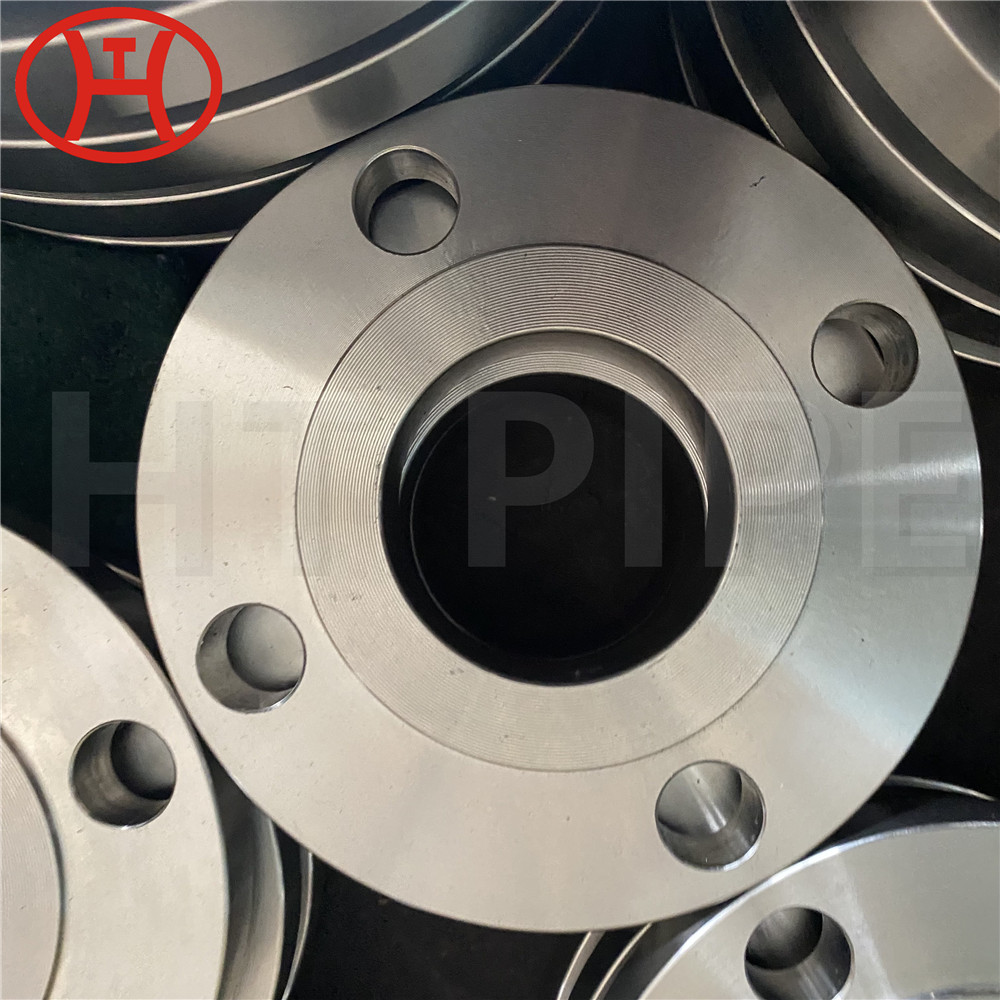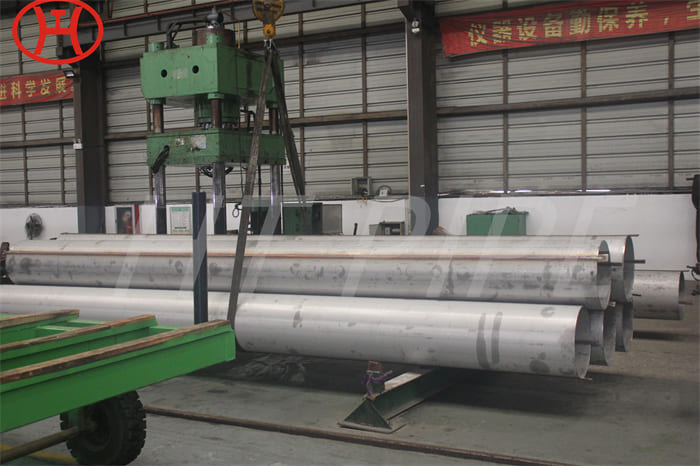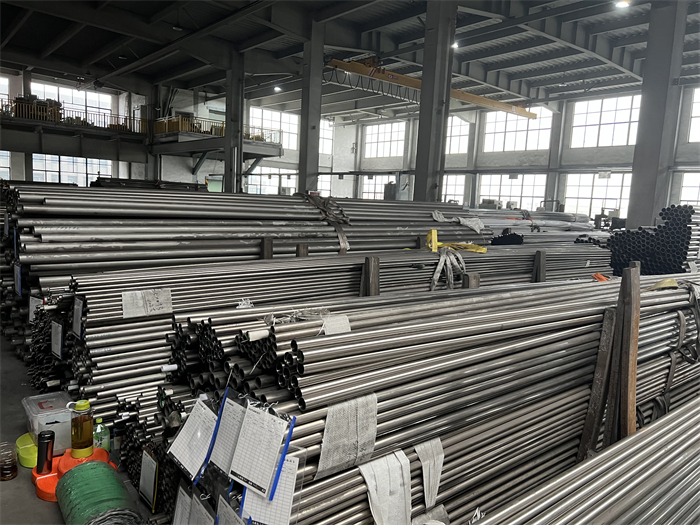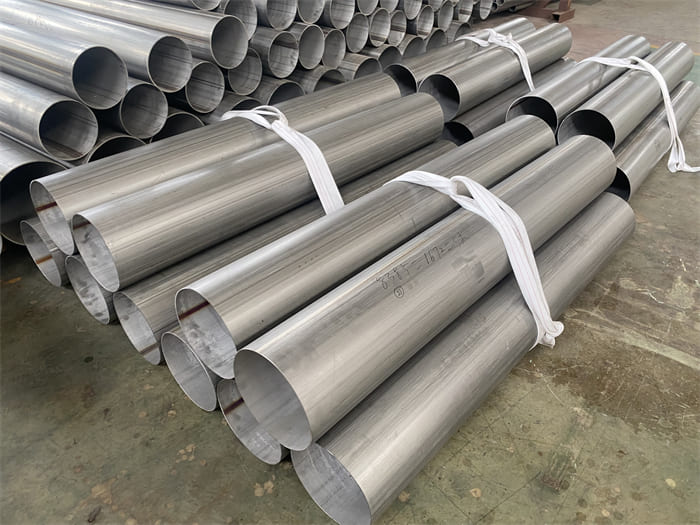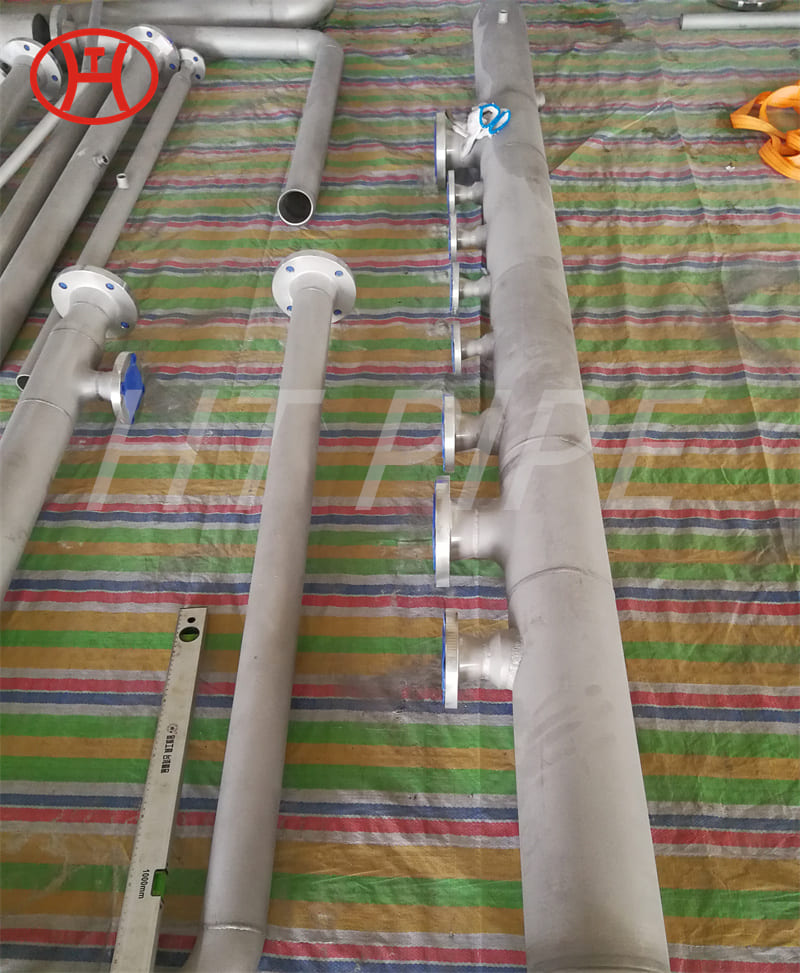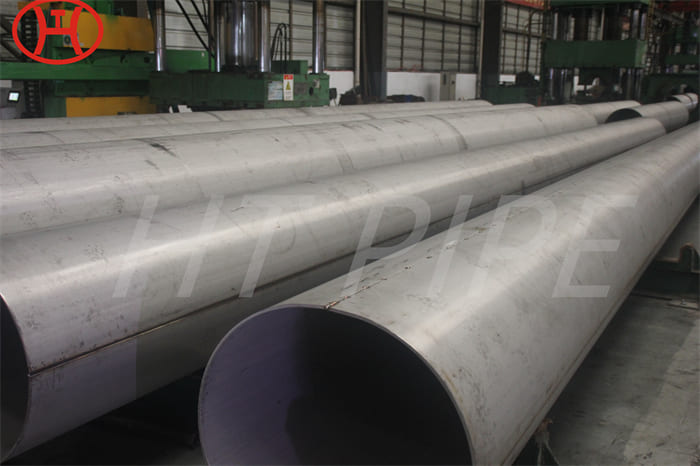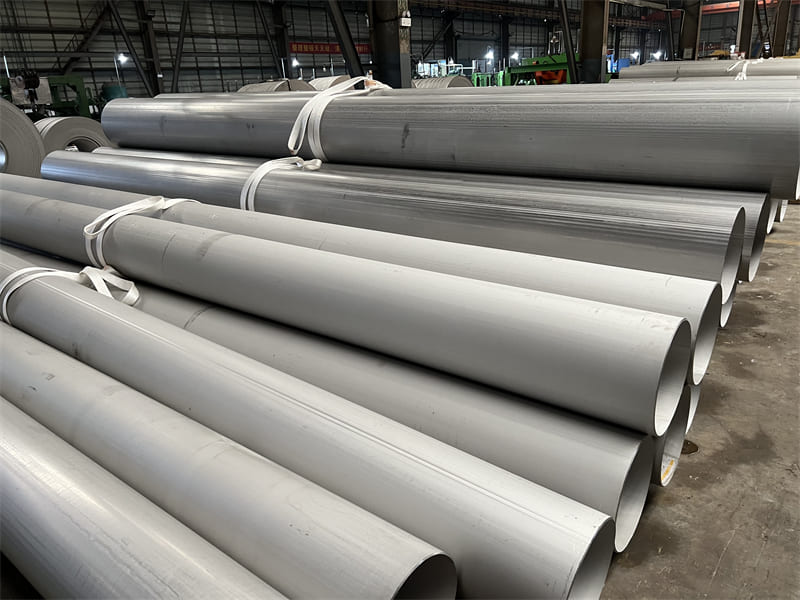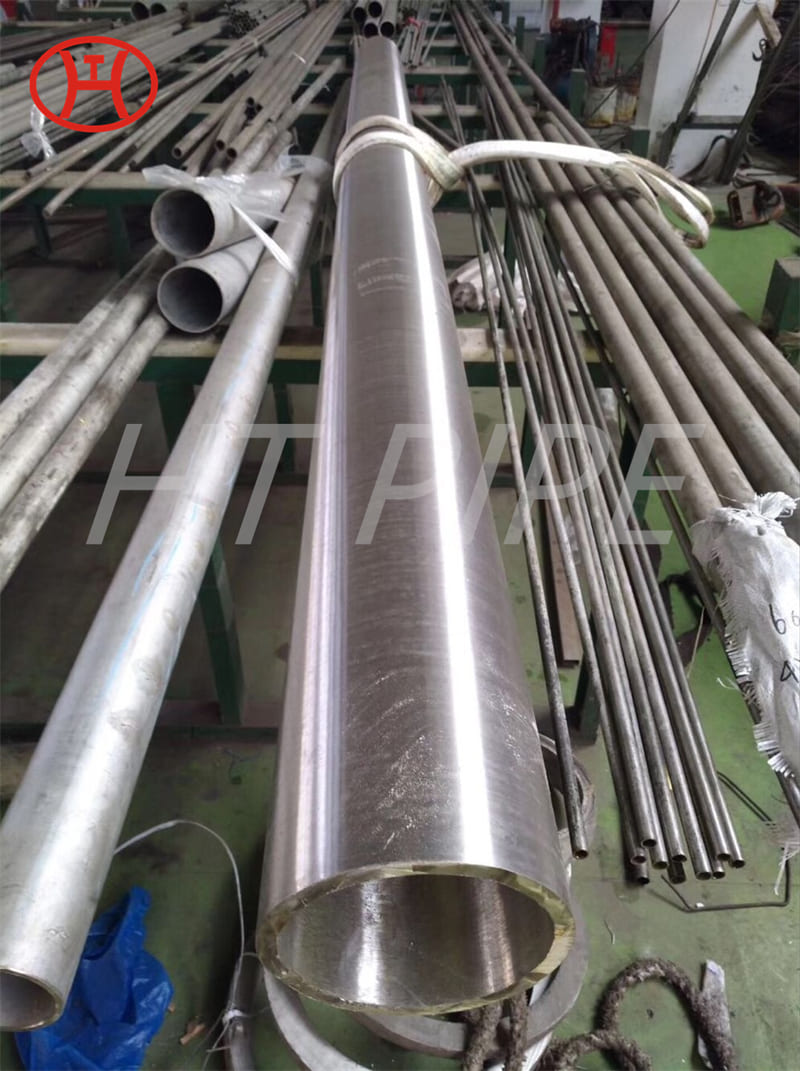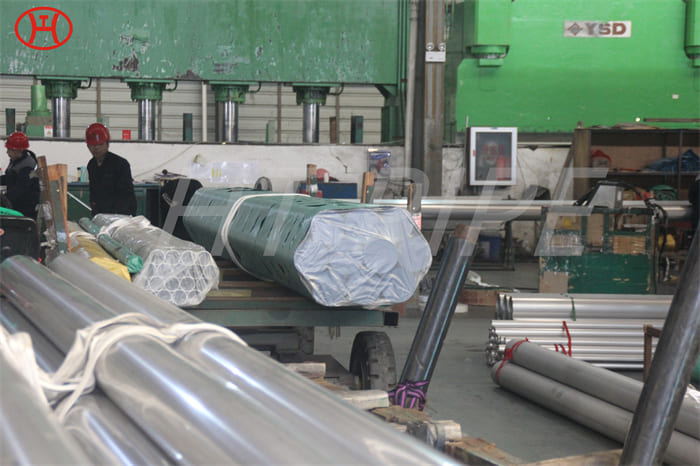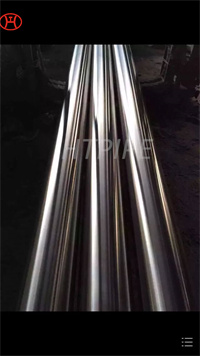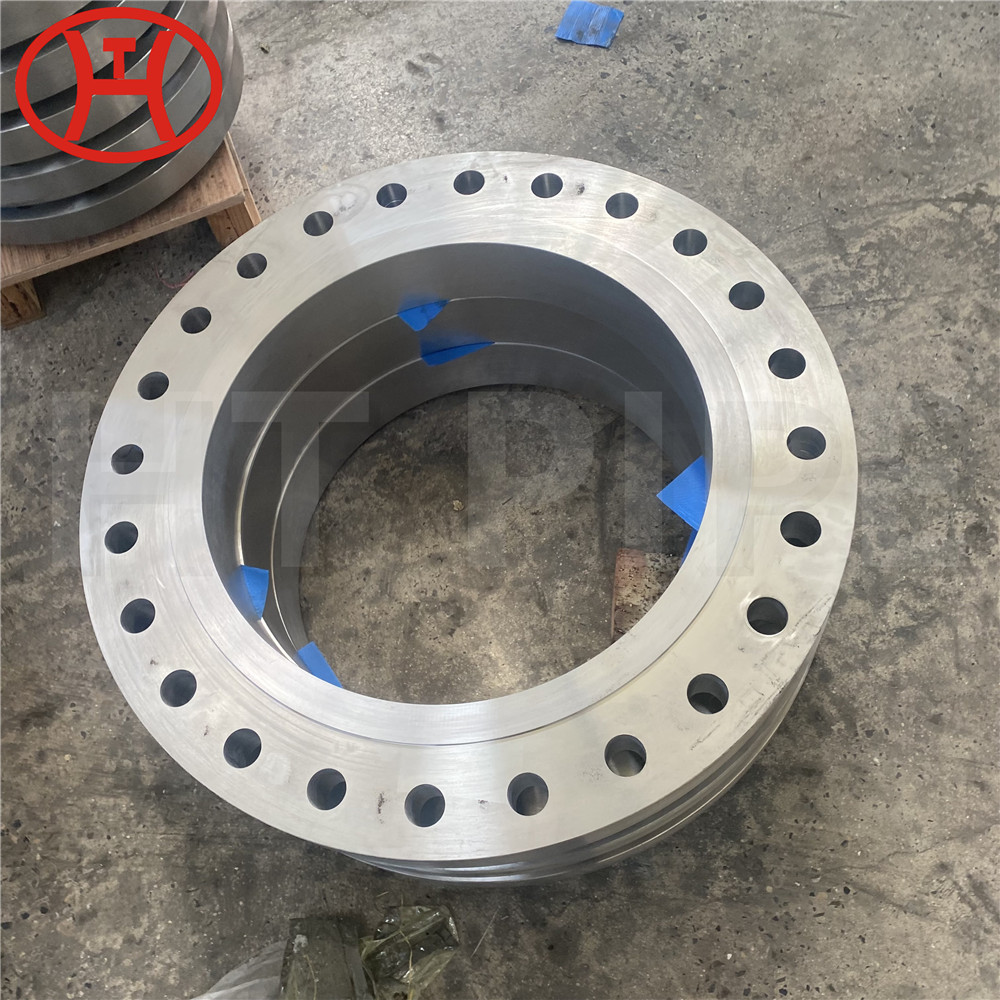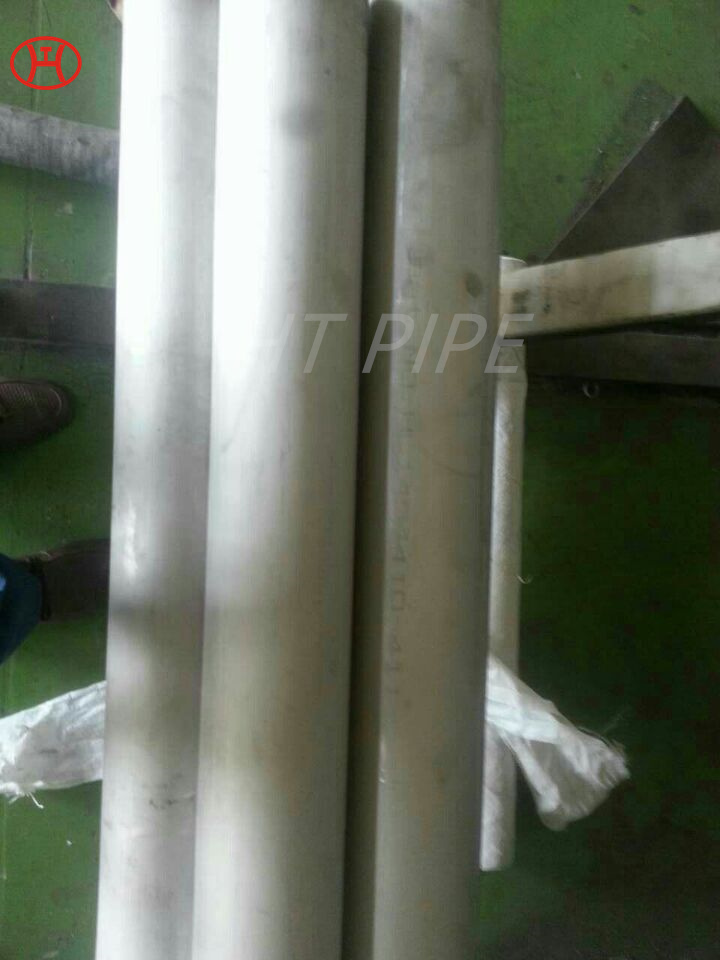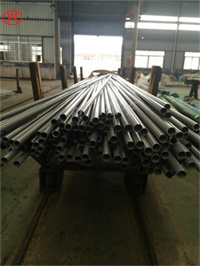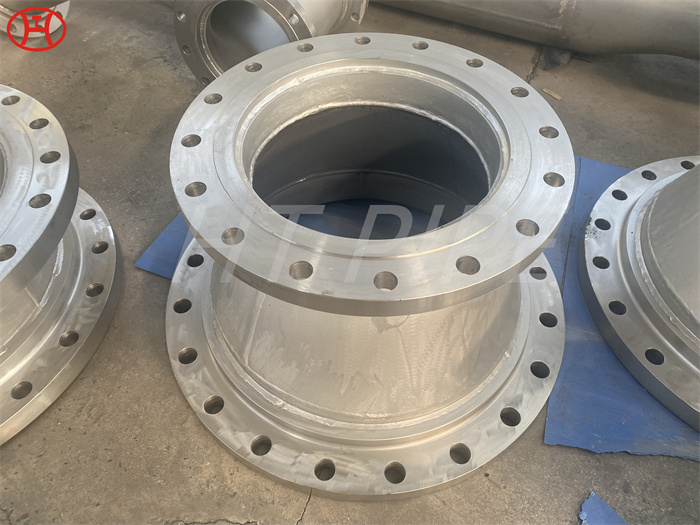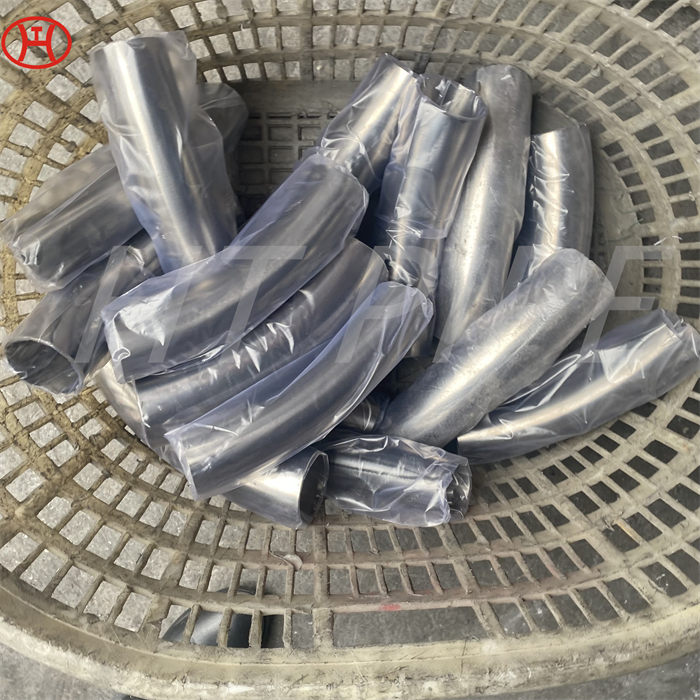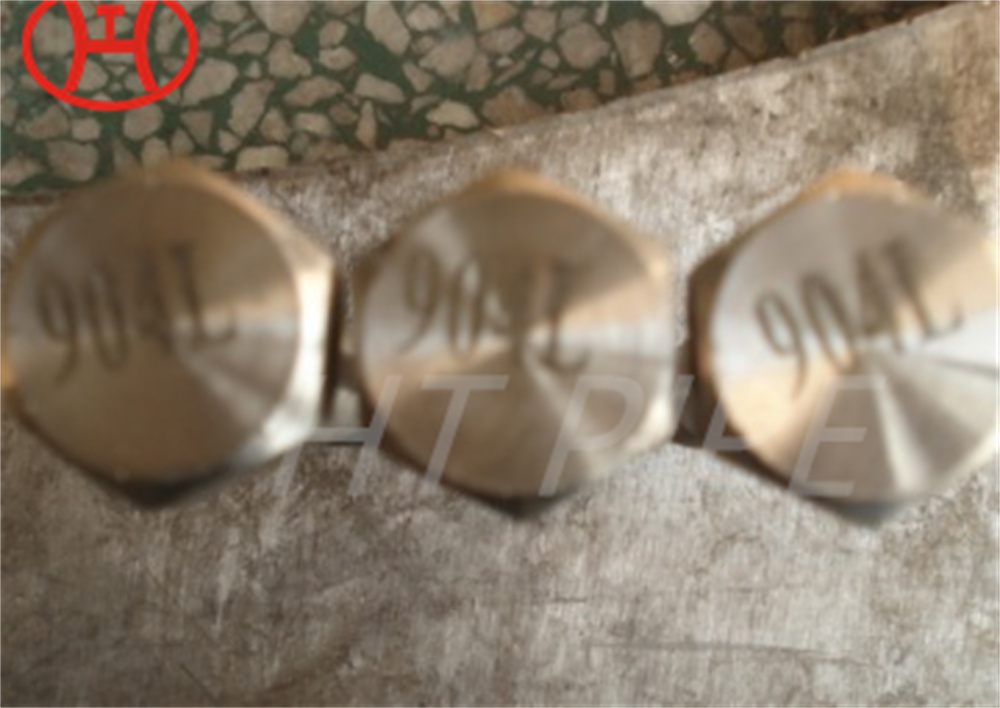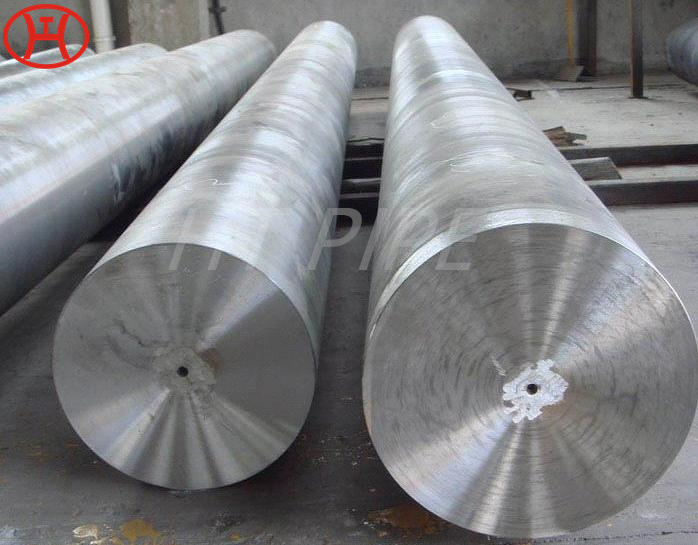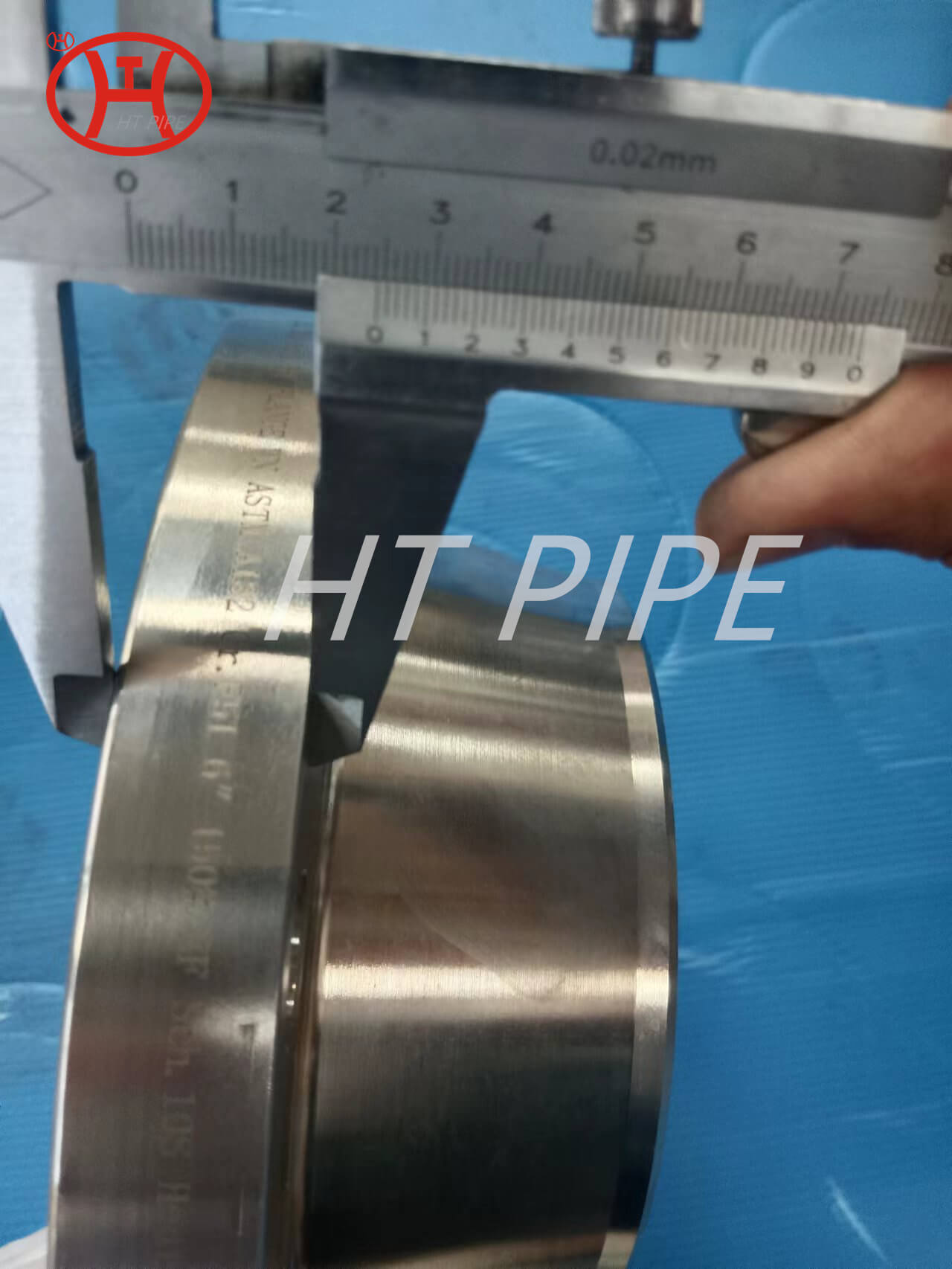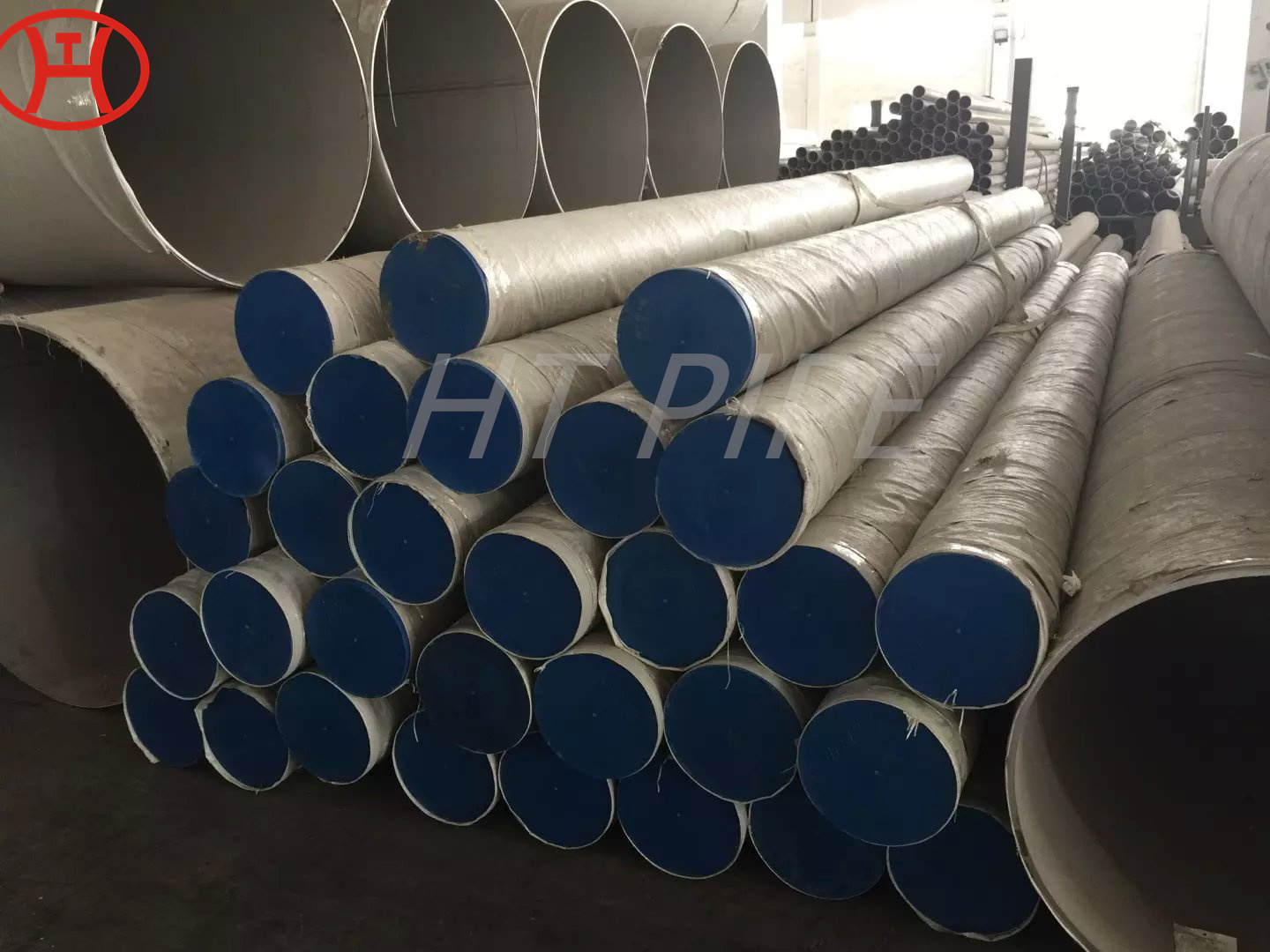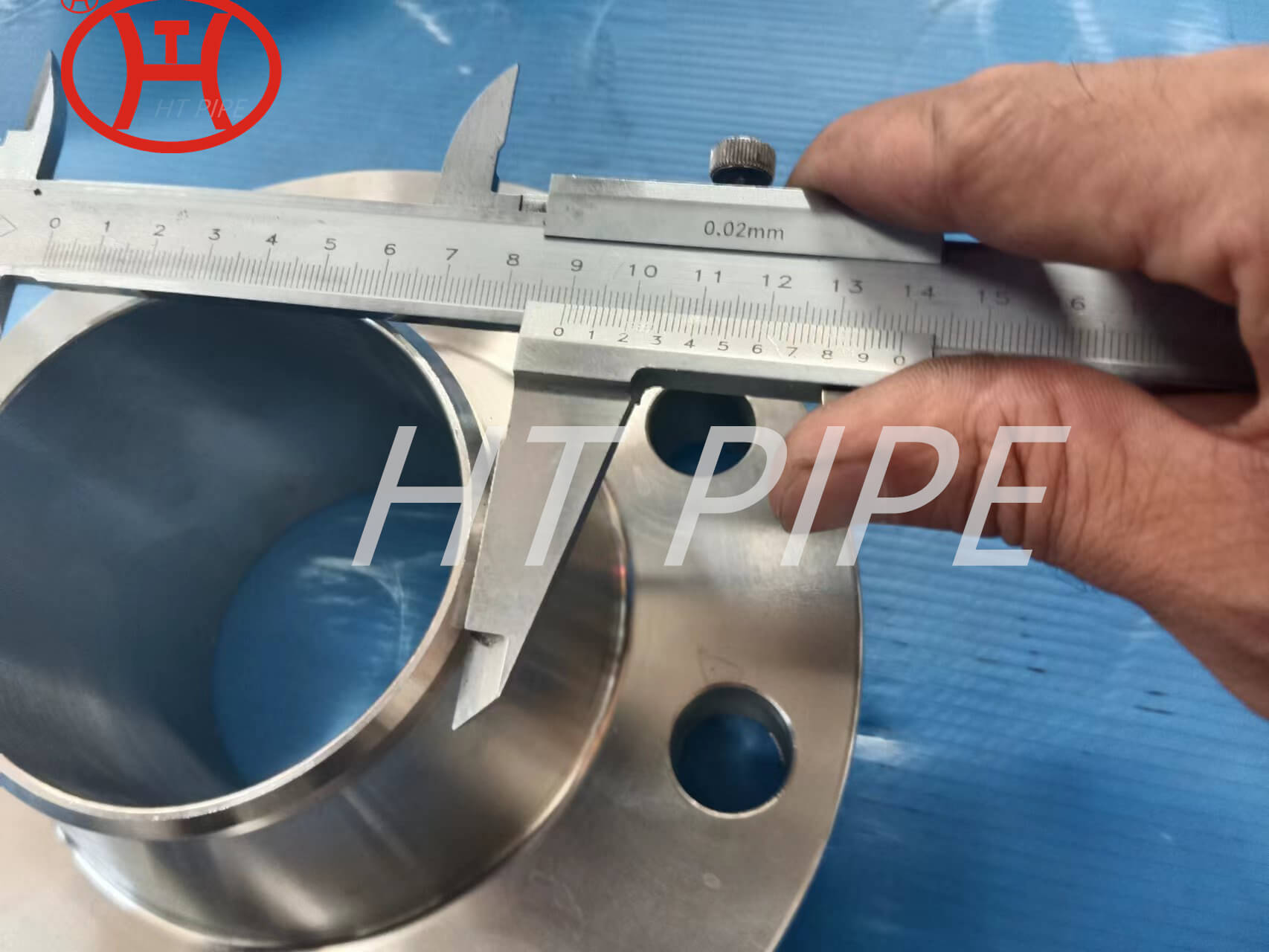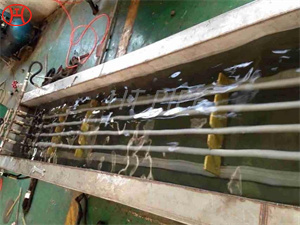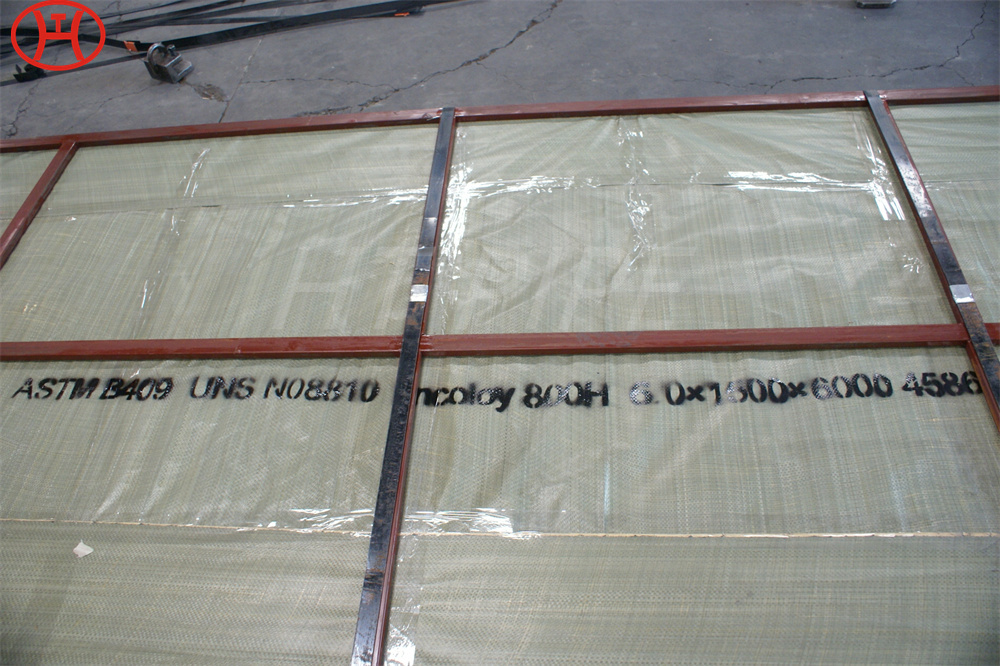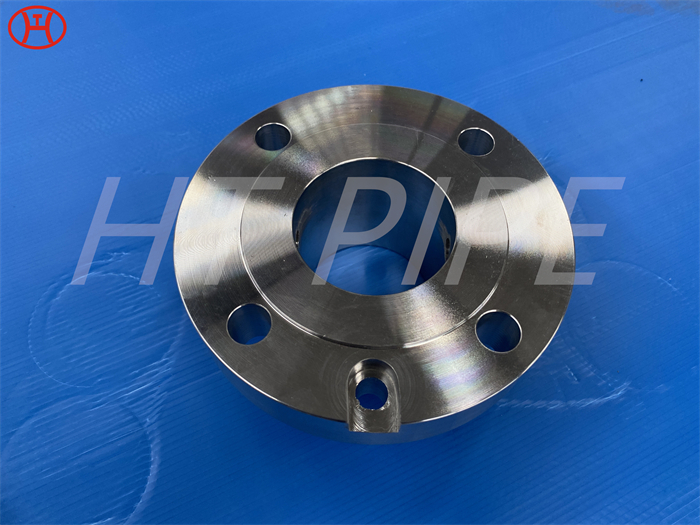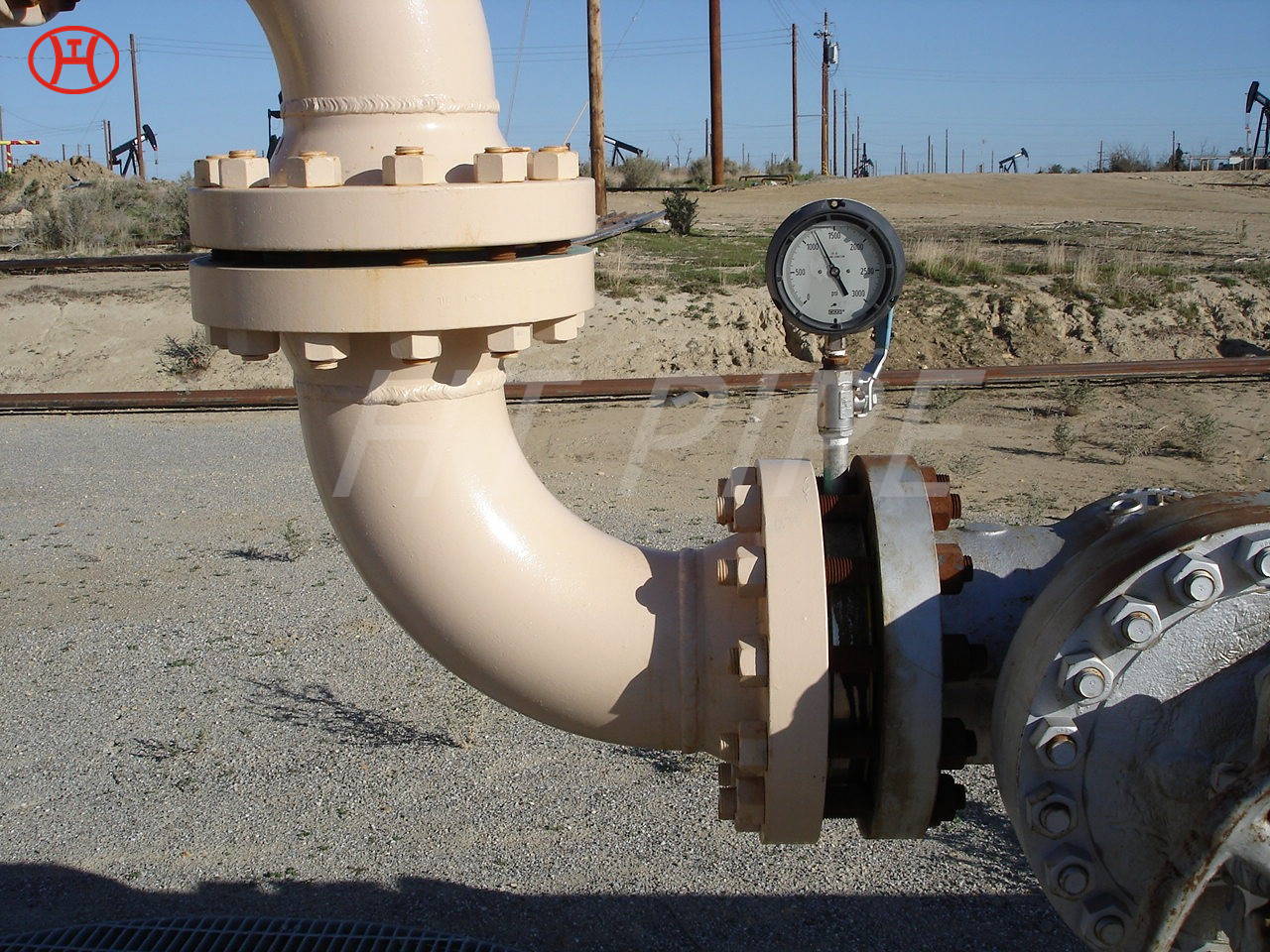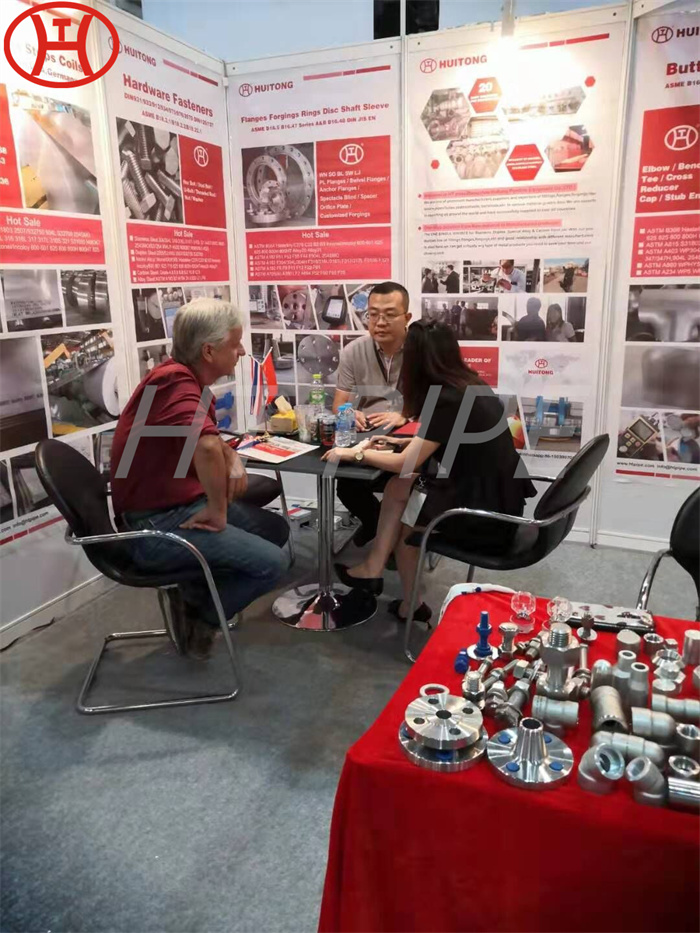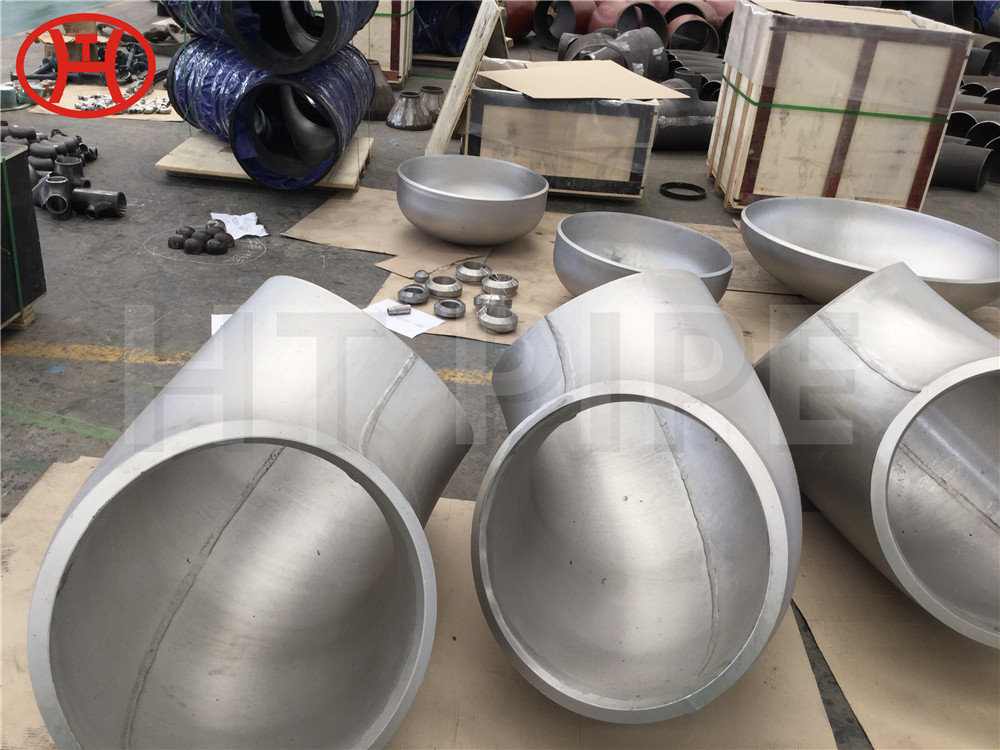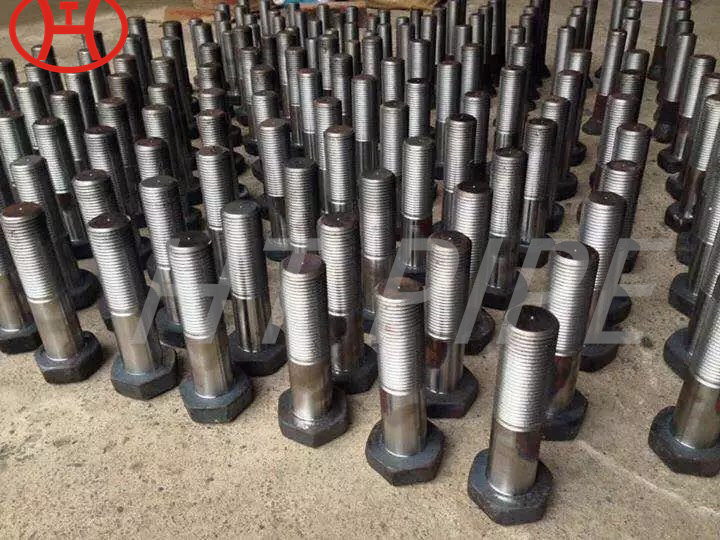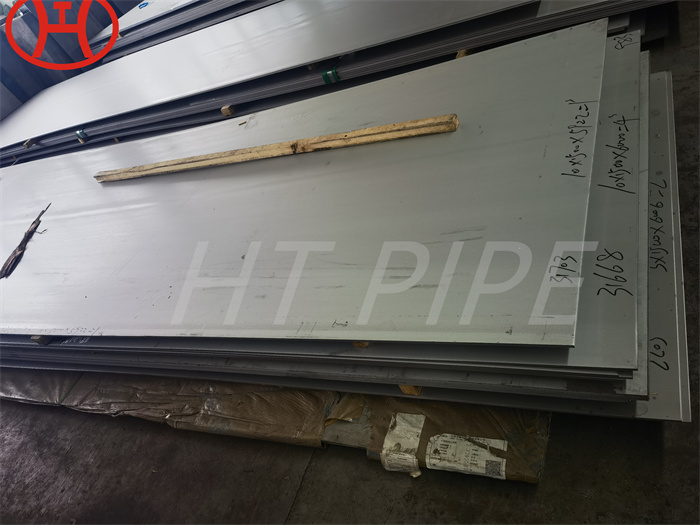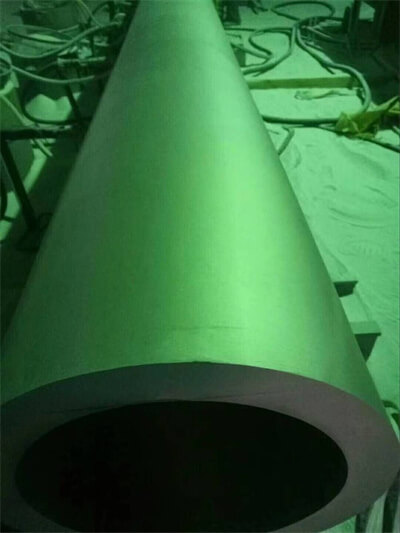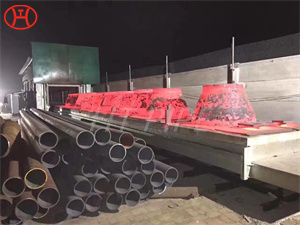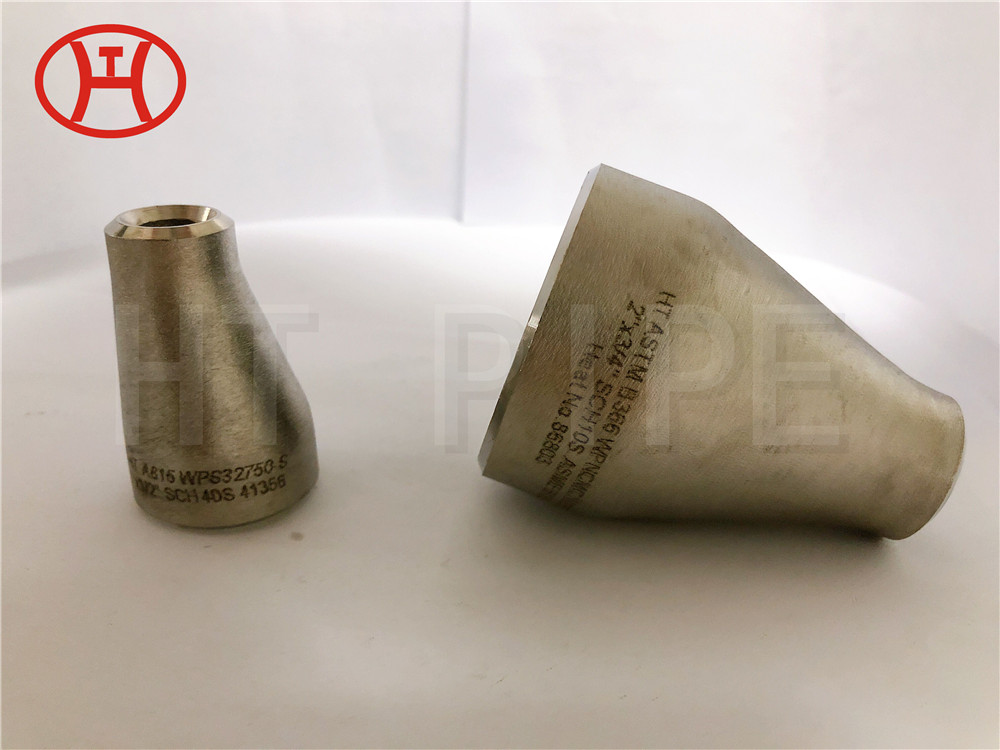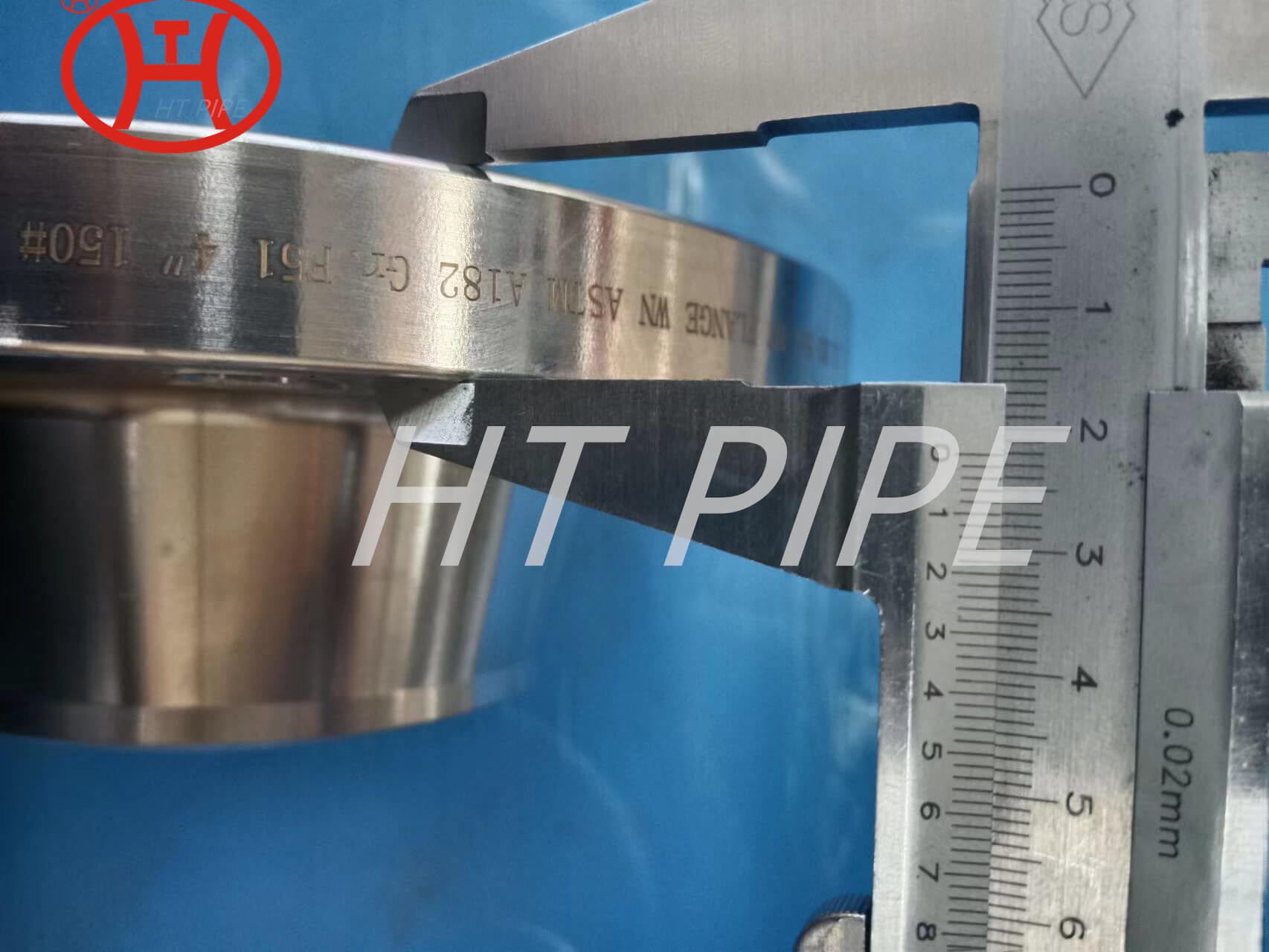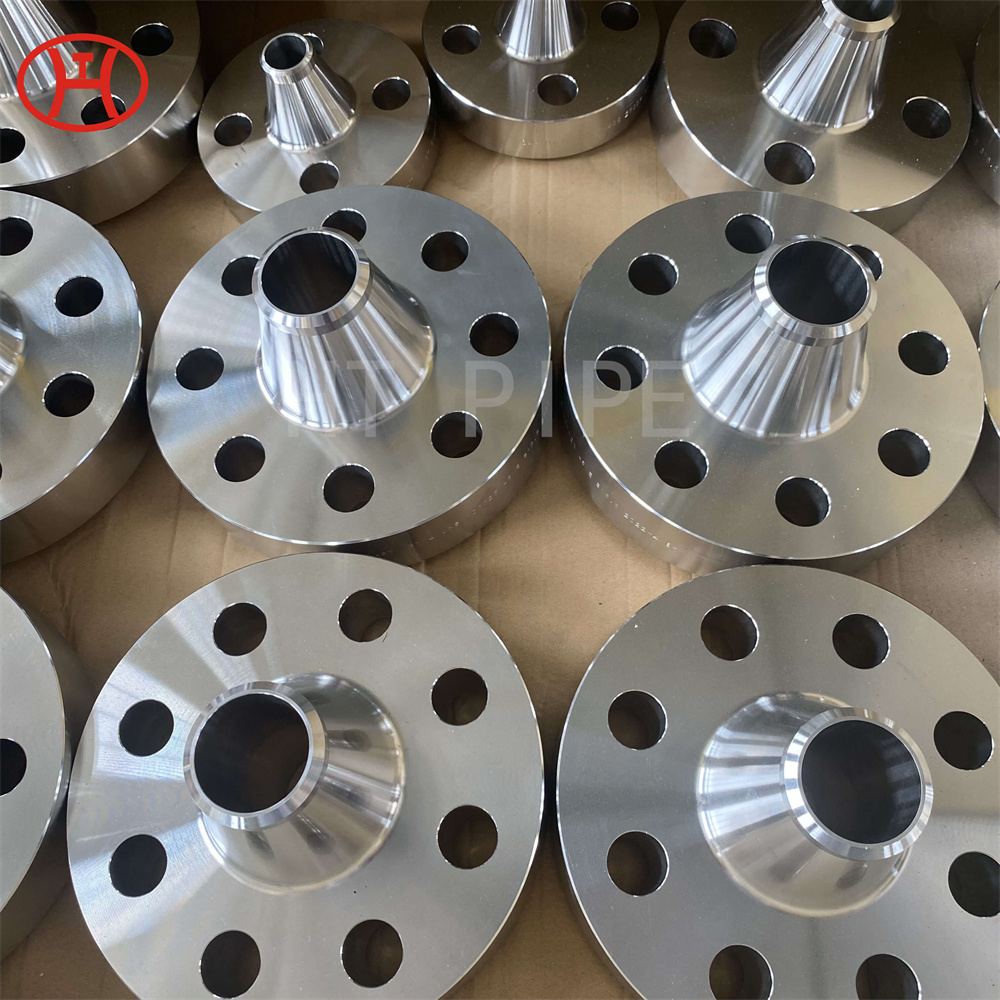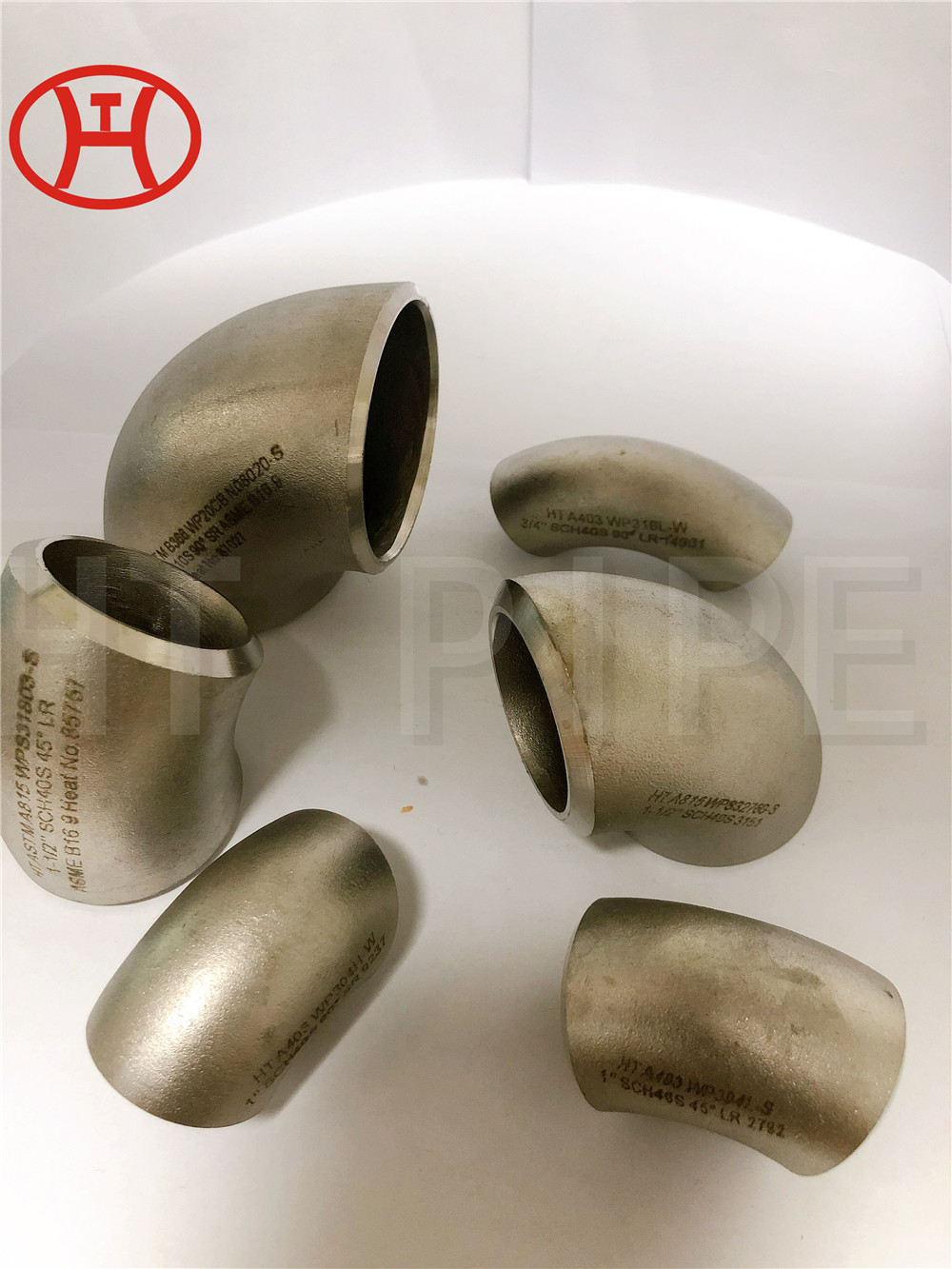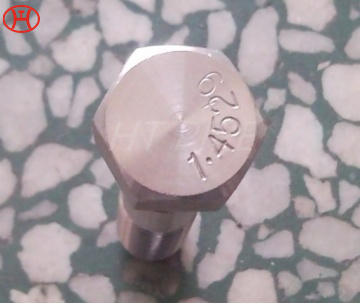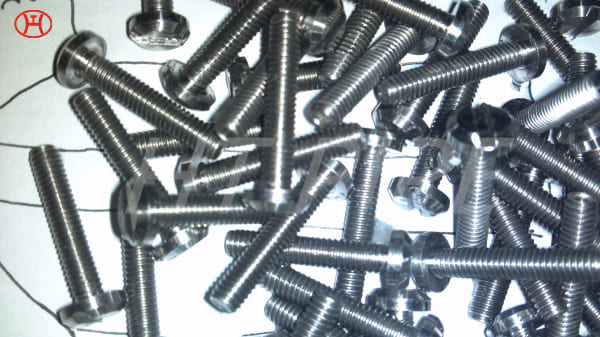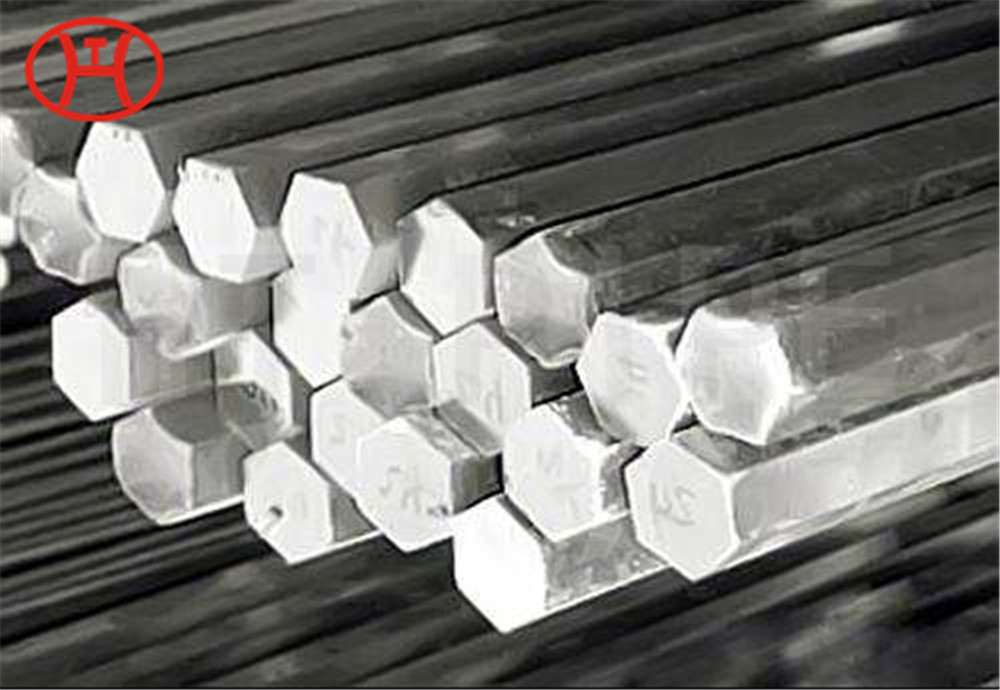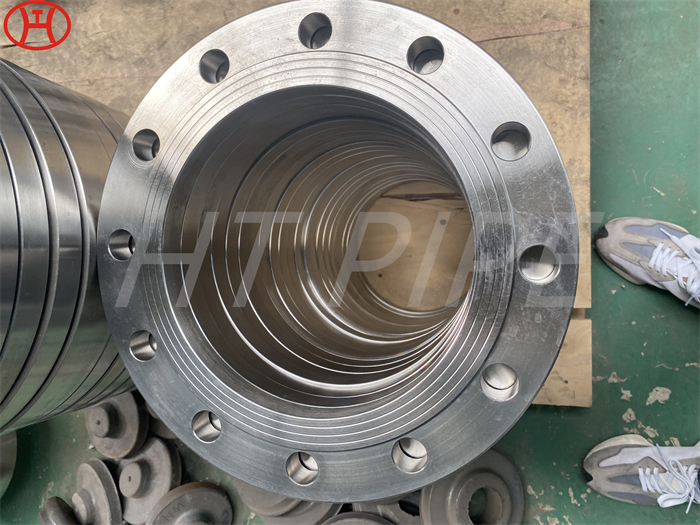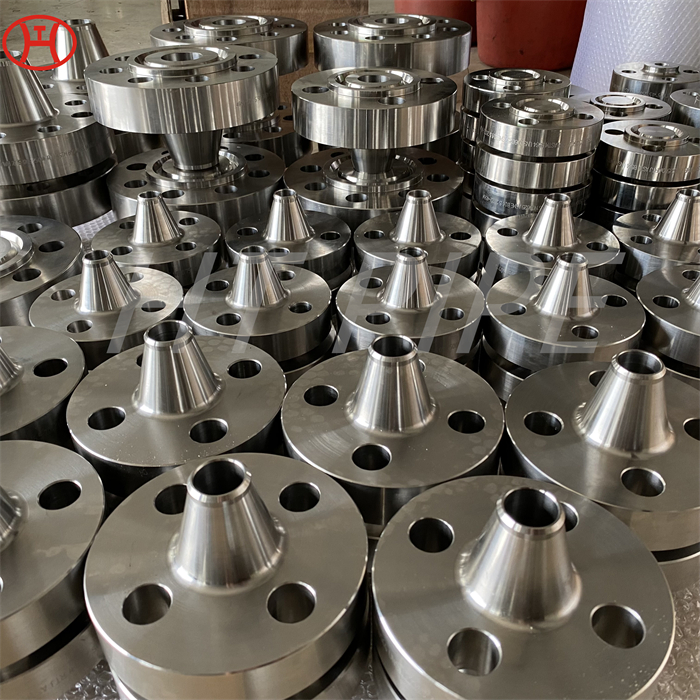EN 1092-1:2002 Stainless Steel Flat Face Flange
A flange is a ring of steel (forged, cut from plate, or rolled) designed to connect sections of pipe, or to join pipe to a pressure vessel, valve, pump or other integral flanged assembly. Flanges are joined to each other by bolts, and to the piping system by welding or threading (or loose when stub ends are used). Stainless steel flange simplified as SS flange, it refers to the flanges that made of stainless steel. Common material standards and Grades are ASTM A182 Grade F304/L and F316/L, with pressure ratings from Class 150, 300, 600 etc and to 2500. It used in more industries than carbon steel as stainless steel has better resistant performances on corrosion environment and always provides with a good appearance.
The flange is second most used joining method after welding. Flanges are used when joints need dismantling. It provides flexibility for maintenance.flange connnects the pipe with various equipment and valves. Breakup flanges are added in the pipeline system if regular maintenance in required during plant operation.
A flanged joint is composed of three separate and independent although interrdlated components; the flanges, the gaskets, and the bolting; which are assembled by yet another influence, the fitter. Special controls are required in the selection and application of all these elements to attain a joint, which has acceptable leak tightness.
Flanges are used to connect 2 ends of a pipe or to end a pipe. They are available in various materials. Carbon Steel Flanges are one such type of flange that is usually made up of carbon steel. This material provides properties such as resistance to corrosion, excellent durability, and finishing in goods.

